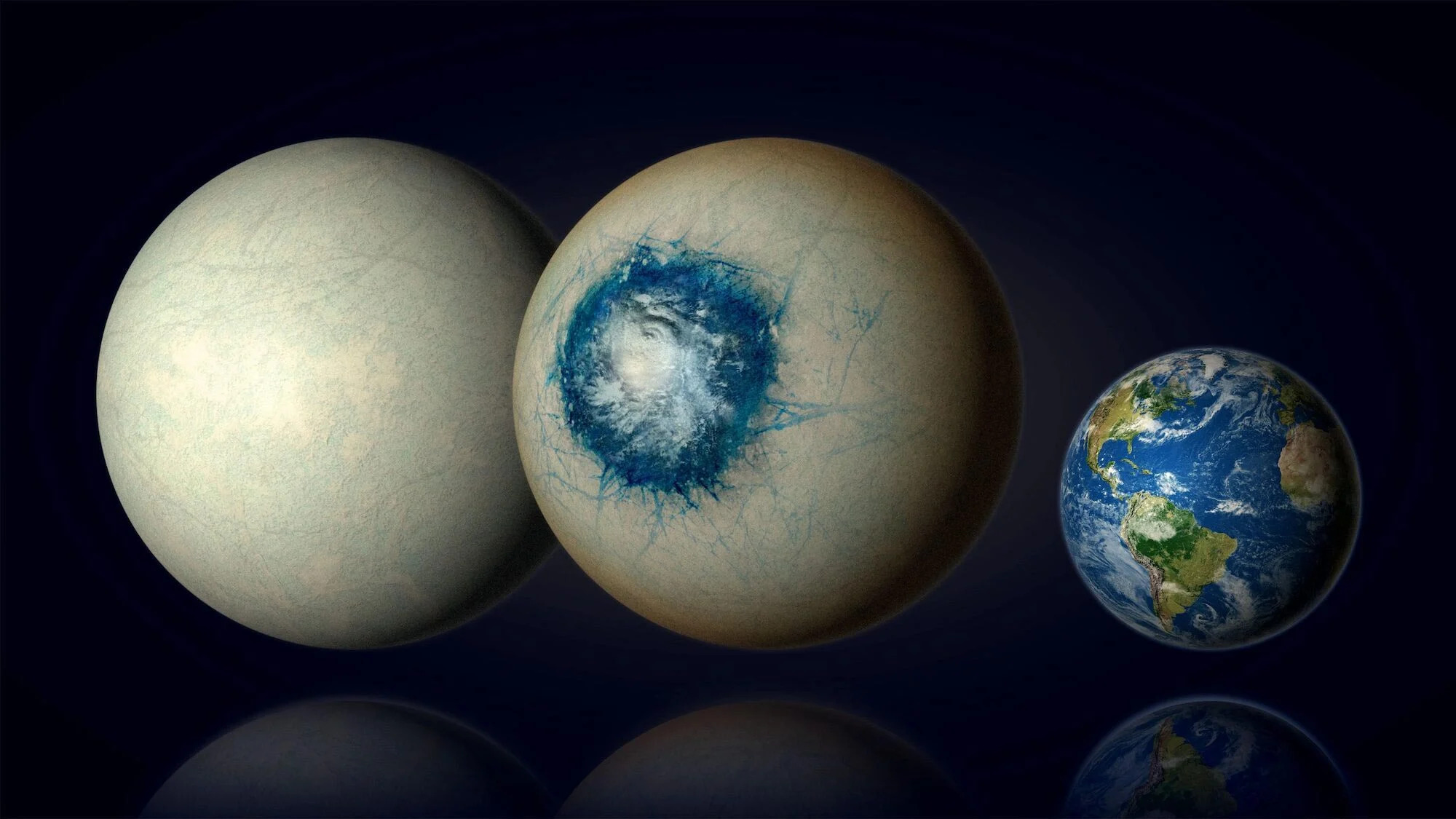"Informed AI News" is an publications aggregation platform, ensuring you only gain the most valuable information, to eliminate information asymmetry and break through the limits of information cocoons. Find out more >>
New Discovery of Super-Earth LHS 1140 b: A Potential Habitable World
- summary
- score

A team of astronomers has made a significant discovery about LHS 1140 b, a planet located 48 light-years away. Initially believed to be a small, Neptune-like gas planet, new data from the James Webb Space Telescope now suggests it is likely a "super-Earth" with a nitrogen-rich atmosphere. This planet orbits within its star's habitable zone, where conditions might support the presence of liquid water.
LHS 1140 b is approximately 1.7 times the size of Earth and could be entirely covered in ice or possess a sub-stellar ocean beneath a cloudy atmosphere. Its potential water content is estimated to comprise 10-20% of its mass, suggesting it might be a "snowball" or "ocean" world.
The discovery, led by Charles Cadieux, utilizes data from various telescopes and is detailed in an upcoming Astrophysical Journal Letters publication. The team plans further observations to confirm the presence of an atmosphere and detect possible signs of carbon dioxide, a key indicator of habitability.
This finding is crucial as it could provide the first indirect evidence of liquid water on an exoplanet's surface, marking a significant advancement in the search for extraterrestrial life.
| Scores | Value | Explanation |
|---|---|---|
| Objectivity | 7 | Comprehensive, balanced reporting with in-depth analysis. |
| Social Impact | 4 | Strong social discussion, influencing some public opinion. |
| Credibility | 6 | Credible, verified independently by multiple sources. |
| Potential | 5 | Very high potential to trigger significant changes. |
| Practicality | 4 | Highly practical, directly applicable to real problems. |
| Entertainment Value | 3 | Some entertainment value, attracts a portion of the audience. |